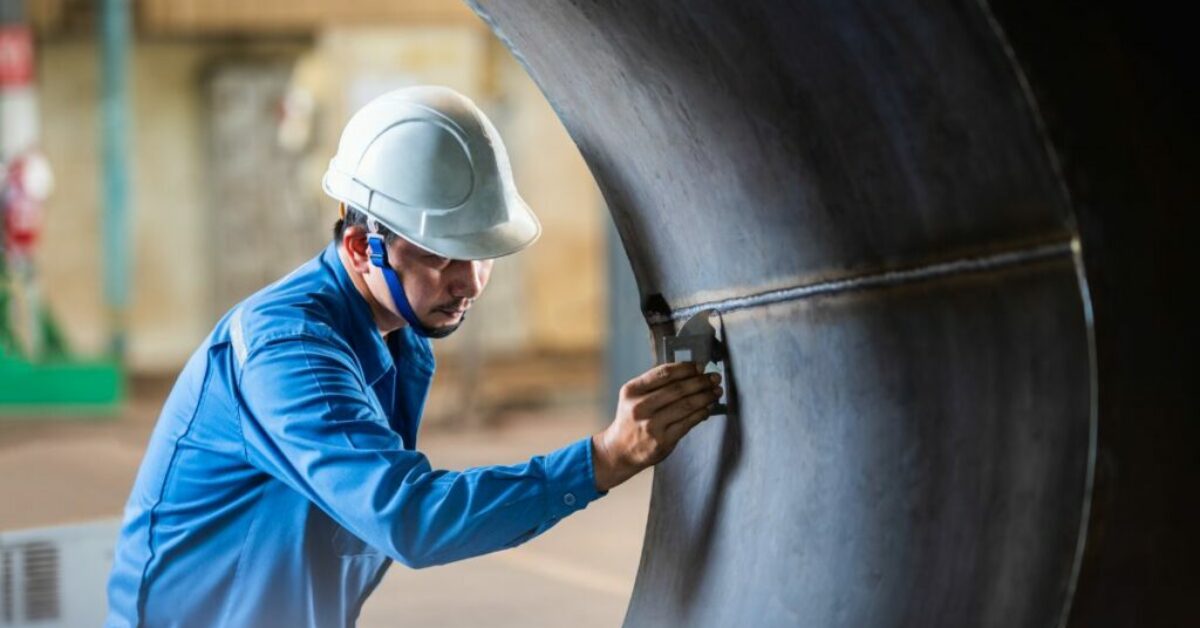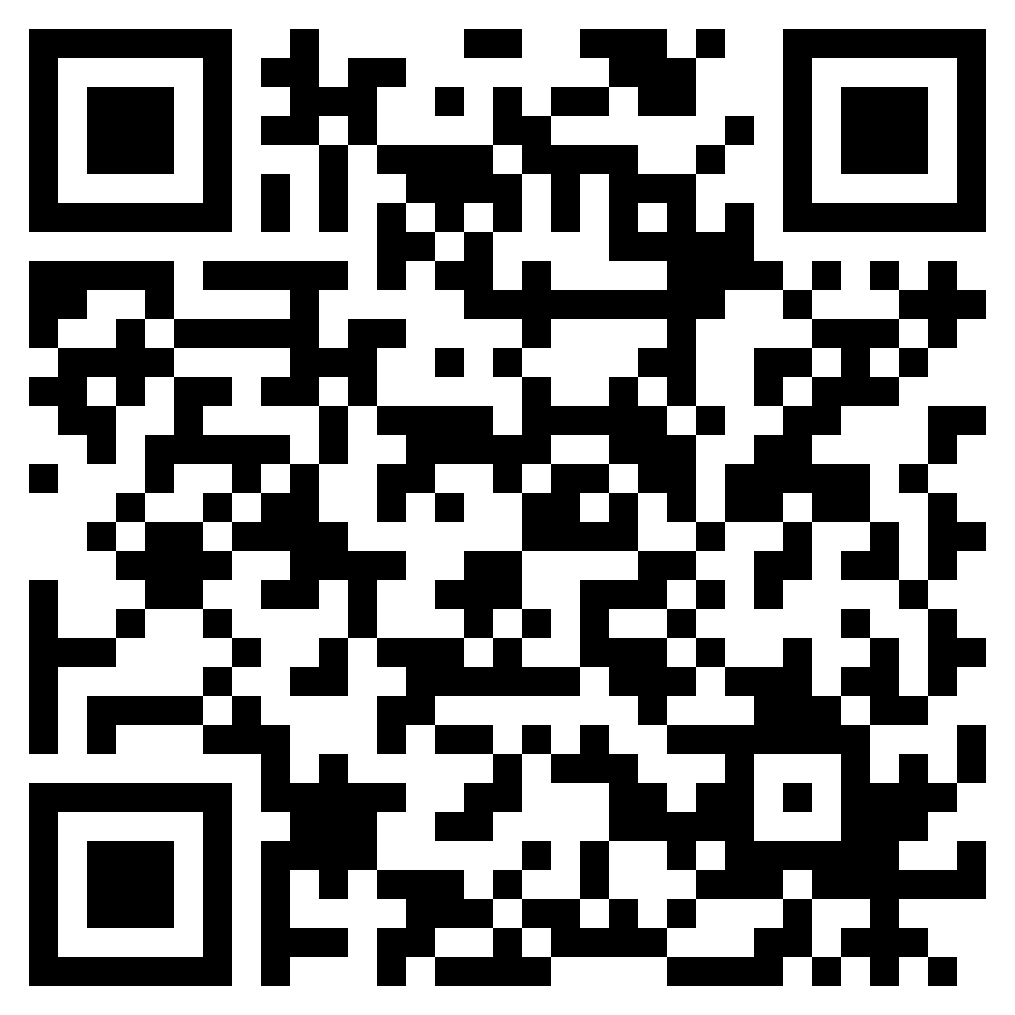How Welding Inspection Milwaukee Can Save You Money in the Long Run
How Welding Inspection Milwaukee Can Save You Money in the Long Run
Blog Article
Exploring the Different Methods and Specifications of Welding Evaluation for Getting Conformity and Dependability in Design Applications
The relevance of welding examination in engineering applications can not be overstated, as it acts as an essential protect for making certain structural stability and compliance with sector requirements. Numerous methods, including aesthetic inspection and progressed non-destructive screening strategies, provide important insights right into the high quality of welds. Additionally, adherence to recognized regulatory criteria such as those from AWS and ASME establishes a structure for liability and excellence. Nonetheless, the landscape of welding evaluation is continuously evolving, motivating a closer assessment of arising techniques and their ramifications for design reliability. What might these growths involve for future projects?
Significance of Welding Examination
Welding evaluation plays a crucial role in guaranteeing the integrity and safety and security of bonded frameworks. This procedure entails the methodical examination of welds to confirm compliance with established standards and specs. The value of welding assessment can not be overstated, as it works as a protect versus potential failings that might result from poor welding practices. With strenuous examination, flaws such as fractures, voids, and insufficient fusion can be recognized early, thus avoiding disastrous failings that might bring about structural collapse or security threats.
Furthermore, welding examination is crucial for preserving quality control throughout the welding procedure. It makes certain that the welds satisfy the essential mechanical and physical residential or commercial properties needed for their designated applications. Regular examinations likewise cultivate a culture of accountability and continual enhancement within welding procedures, motivating adherence to finest methods and industry requirements.
In controlled markets such as construction, production, and aerospace, stringent welding evaluation methods are mandated to abide by legal and safety and security needs. Eventually, reliable welding examination not just secures human life and building however likewise enhances the longevity and integrity of bonded structures, making it an indispensable aspect of design and building.

Common Welding Evaluation Methods
A range of assessment methods are employed to evaluate the quality and stability of welds, each customized to detect particular sorts of problems. Among the most typical approaches is aesthetic assessment, which involves a complete assessment of the weld surface to identify noticeable problems such as fractures, undercuts, and inadequate fusion. This method is typically the very first step in the evaluation procedure because of its simplicity and cost-effectiveness.
Another widely made use of approach is radiographic assessment, where X-rays or gamma rays permeate the weld to reveal internal defects. This technique is especially efficient for detecting porosity and additions within the weld product. Similarly, ultrasonic screening uses high-frequency audio waves to identify interior imperfections, offering a detailed analysis of the weld's stability.
Additionally, magnetic bit assessment is used for ferromagnetic products, permitting for the discovery of surface area and near-surface issues by using electromagnetic fields and observing fragment patterns. Dye penetrant screening involves using a liquid color to the weld surface area, revealing fractures and various other discontinuities upon inspection (Welding Inspection Milwaukee). Each of these techniques plays a crucial role in making sure weld top quality and conformity with sector standards
Non-Destructive Evaluating Methods
Non-destructive screening (NDT) methods are crucial tools in the analysis of weld quality, permitting assessors to evaluate the honesty of welded joints without triggering damages to the products. Different NDT approaches are utilized to hop over to these guys recognize possible issues, making certain that welds meet the required requirements for security and efficiency.
One of one of the most common techniques is ultrasonic screening (UT), which utilizes high-frequency audio waves to discover inner flaws such as cracks or voids. Radiographic screening (RT) employs X-rays or gamma rays to produce photos of welds, disclosing any interruptions within the product. Magnetic fragment screening (MT) works for detecting surface area and near-surface issues in ferromagnetic materials through the application of electromagnetic fields and contrasting bits.
Liquid penetrant testing (PT) is one more extensively utilized technique that involves using a dye to the surface area of the weld, which seeps into any splits, making them visible under ultraviolet light. Each of these techniques offers distinct benefits and constraints, and the choice of a suitable strategy is vital to accomplishing precise assessments of weld integrity. Ultimately, the execution of NDT strategies considerably adds to the dependability and safety of design applications.

Regulatory Criteria and Conformity
In the realm of welding assessment, adherence to regulatory standards and conformity is critical to guarantee the safety and dependability of bonded frameworks (Welding Inspection Milwaukee). Different companies, consisting of the American Welding Society (AWS), the American Society of Mechanical Engineers (ASME), and the International Organization for Standardization (ISO), have actually developed guidelines that govern welding practices and evaluation procedures. These criteria give a structure for top quality guarantee, outlining the essential credentials why not try these out for inspectors and the methodologies for evaluating weld stability
Conformity with these governing criteria not only boosts the architectural honesty of bonded settings up however also alleviates threats linked with failures, which can have catastrophic effects. Inspections have to be executed utilizing defined procedures, including visual, ultrasonic, and radiographic approaches, to make certain that welds meet defined requirements.
Furthermore, adherence to these requirements is typically required by legislation, specifically in industries such as aerospace, manufacturing, and building and construction. Regular audits and accreditations are essential to maintain compliance, thus promoting a society of safety and security and high quality within companies. Inevitably, regulatory criteria and conformity function as the foundation of trusted welding assessment techniques, guaranteeing that engineered frameworks satisfy both performance expectations and safety needs.
Finest Practices for Welding Evaluation
While preserving compliance with regulative criteria is vital, executing finest methods for welding assessment additionally improves the safety and honesty of welded structures. Effective welding evaluation starts with extensive preparation, which consists of recognizing the certain demands of each project and making certain inspectors are well-trained in relevant approaches and criteria.
Utilizing a comprehensive assessment list assists to make certain all crucial elements are assessed, such as weld dimension, infiltration, and visual issues. Non-destructive screening (NDT) strategies, such as ultrasonic or radiographic screening, must be utilized where appropriate, giving an extra extensive examination of weld top quality without compromising the stability of the products.
Paperwork plays a considerable duty in finest methods; preserving exact documents of examinations, including pictures, examination results, and compliance reports, ensures liability and assists in future assessments. Additionally, fostering a culture of open communication in between assessors and welders can lead to very early recognition of possible problems, promoting immediate rehabilitative activities.
Conclusion
In recap, the execution of strenuous welding inspection approaches and adherence to established requirements are important for ensuring compliance and dependability in design applications - Welding Inspection Milwaukee. Techniques such as visual evaluation, radiographic screening, and ultrasonic screening offer as critical tools in identifying flaws and preserving quality assurance. By fostering a culture of responsibility and quality, organizations can enhance the integrity and durability of bonded frameworks, eventually contributing to the security and effectiveness of engineering tasks
Various approaches, including visual examination and progressed non-destructive testing techniques, give necessary insights into the high quality of welds.Welding evaluation plays a vital duty in making sure the honesty and safety about his of bonded frameworks.A variety of evaluation approaches are employed to evaluate the top quality and honesty of welds, each tailored to identify specific kinds of defects.One more extensively used approach is radiographic assessment, where X-rays or gamma rays penetrate the weld to expose inner problems.In the world of welding assessment, adherence to governing standards and conformity is extremely important to make certain the safety and dependability of bonded frameworks.
Report this page